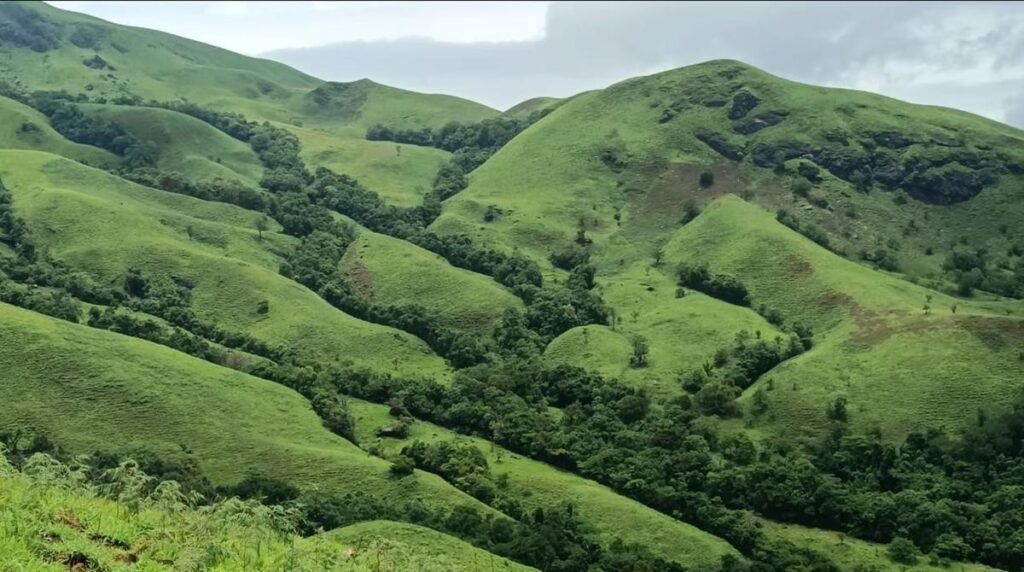A study has sounded the alarm on the rate of soil erosion in theWestern Ghat Region (WGR), a biodiversity hotspot of global importance recognized by UNESCO in 2012.

About the Study:
- Conducted by IIT Bombay covering the years 1990-2020.
- Utilized LANDSAT-8, Digital Elevation Model (DEM), and rainfall data.
- Applied the Universal Soil Loss Equation (USLE) method for analysis.
Key Findings of the Study:
- A significant 94% increase in soil erosion rates across the Western Ghats.
- Tamil Nadu saw a 121% increase, with soil loss at 68.3 tonnes/ha/year.
- Gujarat reported a 119% increase, with soil loss at 75.3 tonnes/ha/year.
- Maharashtra experienced a 97% increase in soil erosion, peaking at 79 tons/ha/year in 2020.
- Kerala and Karnataka noted 90% and 56% increases respectively, with Kerala having the lowest loss.
- Goa witnessed an 80% rise in soil erosion.
Identifying the Causes
- Increased rainfall erosivity factor linked to climate change.
- Unsustainable land use practices, including the cultivation of crops like tea and coffee.
- The region’s steep slopes and high rainfall exacerbate erosion.
Concerns
- Biodiversity and ecosystem stability are under threat.
- Potential impacts on tropical climate and monsoon patterns.
- The critical role of the Western Ghats in maintaining non-equatorial tropical evergreen forest ecosystems.
- Threats to biological diversity, agricultural productivity, and water quality in the region.
Protection Measures
- Minimize human impact on these fragile ecosystems.
- Conservation efforts include the recommendations of the Gadgil committee and Dr. K. Kasturirangan committee.
- The Western Ghats Natural Heritage Management Committee was established under the Ministry of Environment, Forest and Climate Change.
- Expansion of protected areas such as Tiger Reserves, National Parks, and Wildlife Sanctuaries.
Ref:Source
| UPSC IAS Preparation Resources | |
| Current Affairs Analysis | Topperspedia |
| GS Shots | Simply Explained |
| Daily Flash Cards | Daily Quiz |

